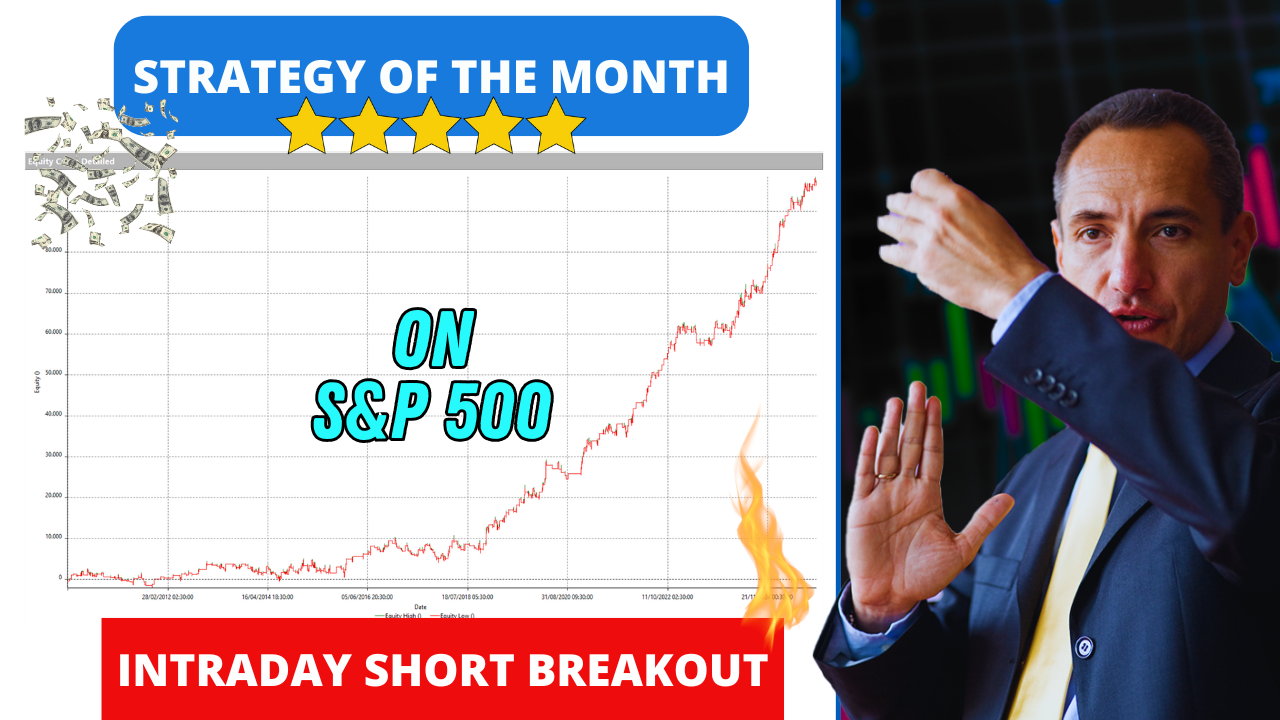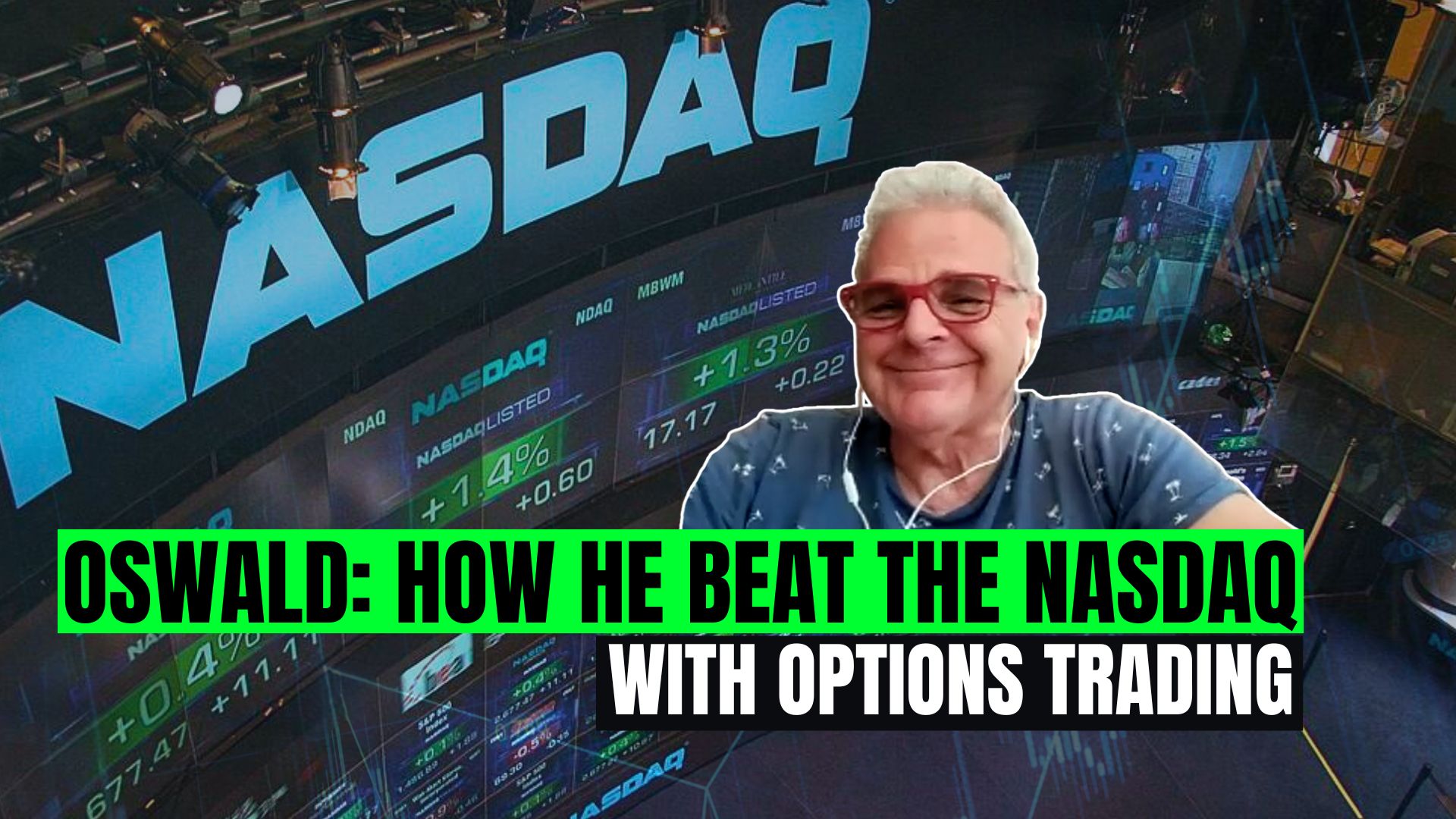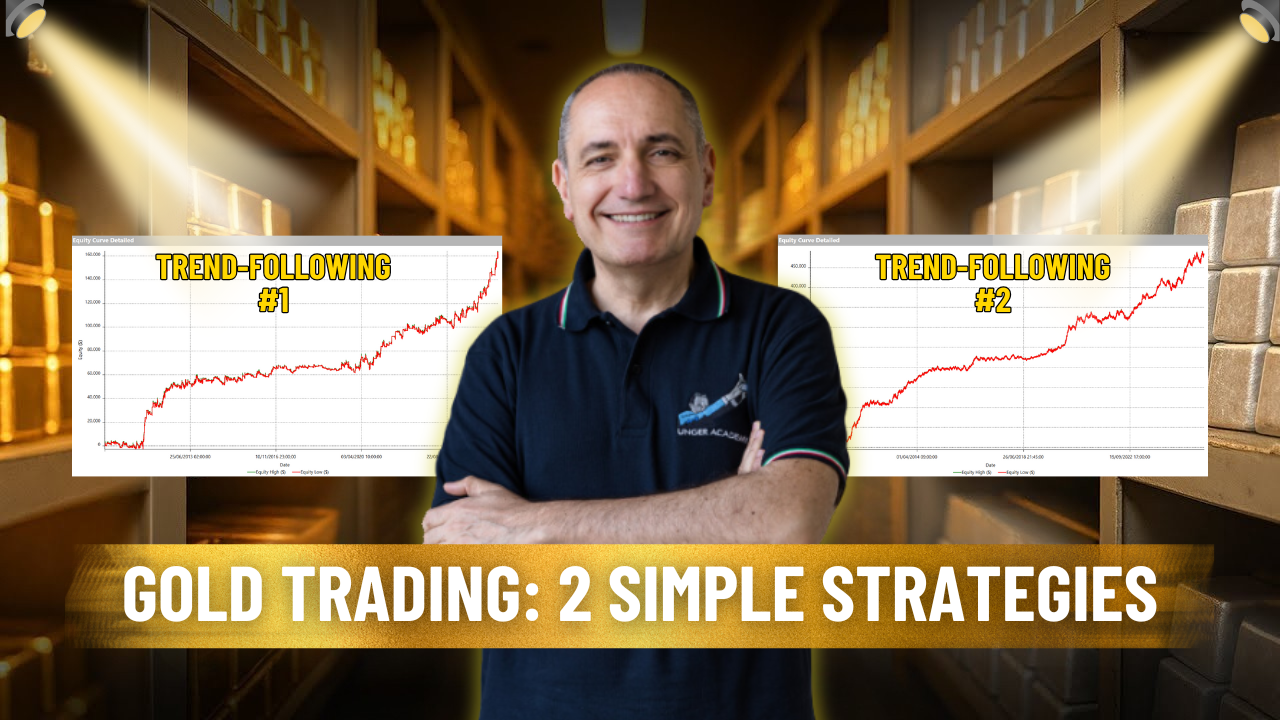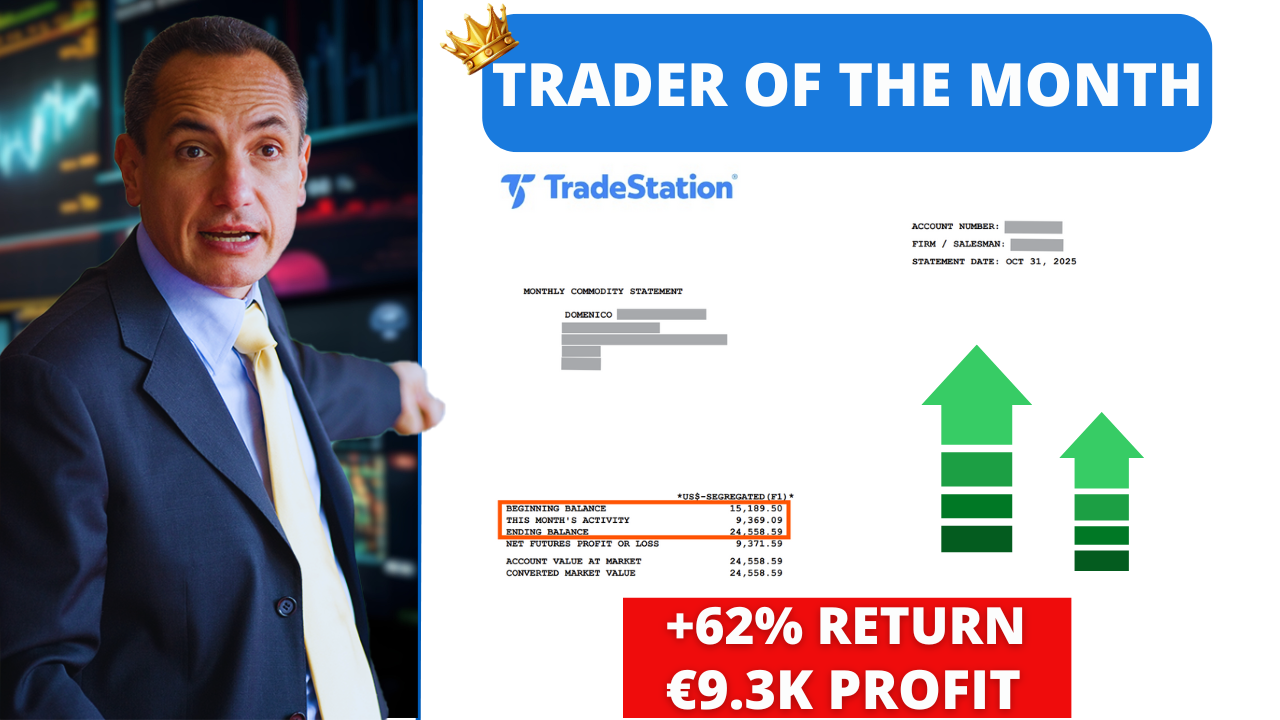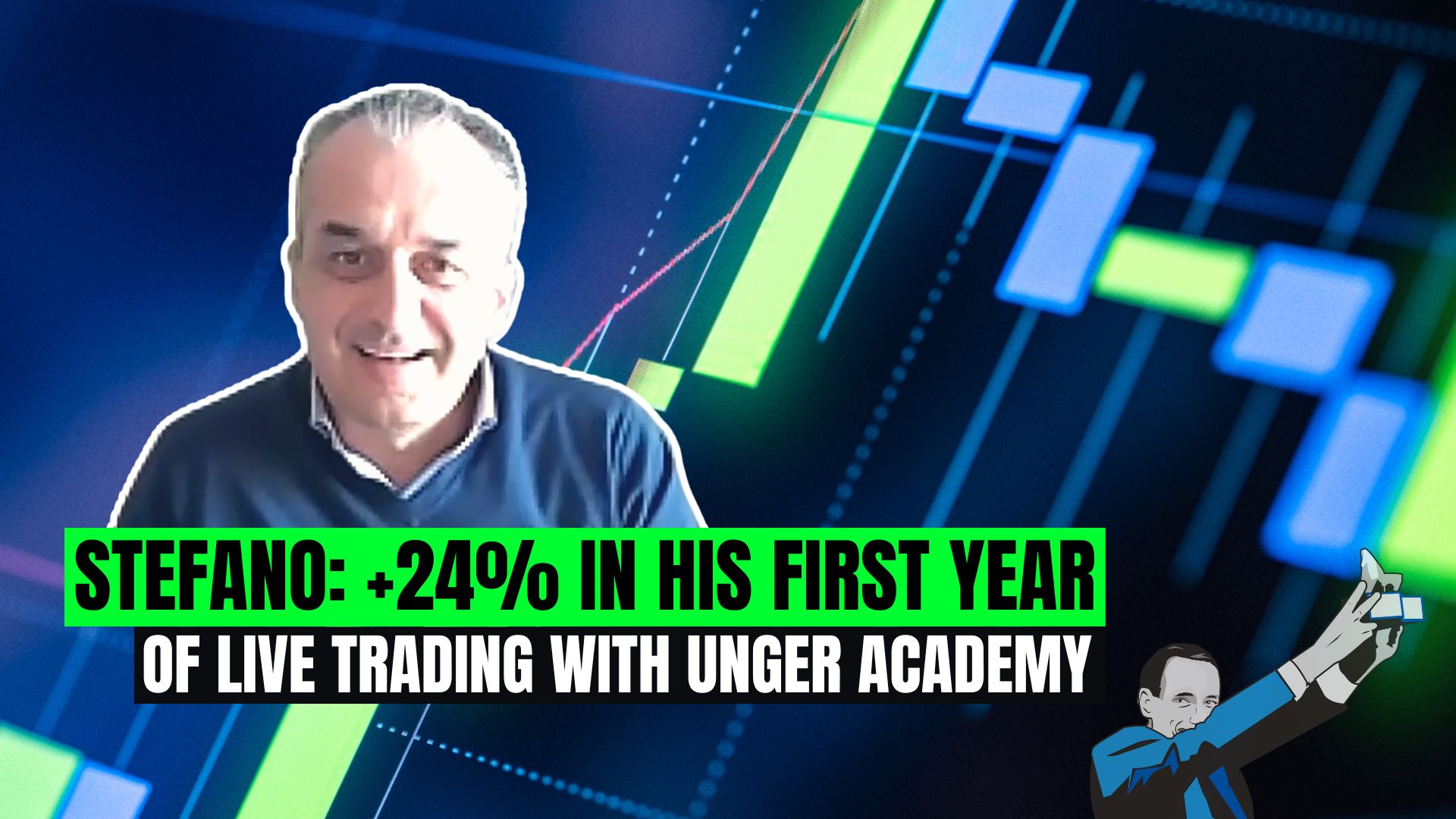Hey everyone and welcome to this new video dedicated to stocks trading.
Today, we continue talking about the stocks that are neither top nor worst performers, and we’ll see together two more examples of our rotational strategy applied to different indexes. We’ll apply the same strategy and use the same rules that we’ve seen in last week’s video and take a look at what happens on Russell 1000 and Dow Jones, two indexes that are very different in terms of size, since Russell contains 1000 stocks while Dow Jones only 30.
But let’s start with Russell 1000 and test it with a rebalancing frequency of one month. After creating a ranking of the 1000 stocks it contains, we’ll choose the 100 stocks in the middle, so from the 450th to the 550th.
Now let’s have a look at the results. They are pretty interesting and make me think of what we got last week on S&P500. If you remember, in that case, too, there was a bad drawdown that occurred during the Covid19 pandemic. But apart from that, this rule seems to outperform the benchmark significantly and, all in all, the drawdown is very similar. So I think you can definitely explore this strategy further, perhaps trying a slightly more refined version and buying fewer stocks each month, since 100 is really a lot.
Now let’s go and see what happens using a 6-month look-back period. As you can see, the return is slightly lower than in the previous case, and the drawdown is virtually identical to that of the benchmark. Here, too, there was a bad drawdown during the worst period of the Covid19 pandemic, so all in all, the strategy somehow confirms the results we’ve seen using a one-month time horizon. Perhaps the performance is slightly poorer than the previous case, but the difference is irrelevant.
In light of these results, I think that this idea deserves further analysis, but perhaps not with 100 stocks. In fact, maybe we can try to narrow down the list a little bit because trading 100 stocks every month can be pretty challenging.
Let’s go and see the Dow Jones. I took the 5 central stocks because the Dow Jones is made up of only 30 stocks. So I thought that the 5 stocks in the middle of the ranking could represent this kind of strategy quite well. So let’s first look at the equity curve using a time horizon of one month. The equity curve is not beautiful, but all in all, it outperforms the benchmark by two and a half percentage points, so a compound return of about 2.5% per year. However, we do see that the drawdown is a bit higher, although the peak dates back to 2008 and 2009, which was a quite dramatic period for stock indexes. However, this approach also seems to be quite interesting.
Finally, let’s see what happens on Dow Jones with a 6-month look-back period. Here the strategy seems to be a little more regular, although in the first part of the history it performed slightly worse than in the previous example. However, in this case, the results are very interesting, at least in my opinion, and the drawdown is also lower than that of the benchmark. Clearly, it could be a coincidence, so in order to avoid overfitting, it is advisable to carry out more specific tests and see what happens when the parameters change, even by a little.
See you soon, bye bye!

